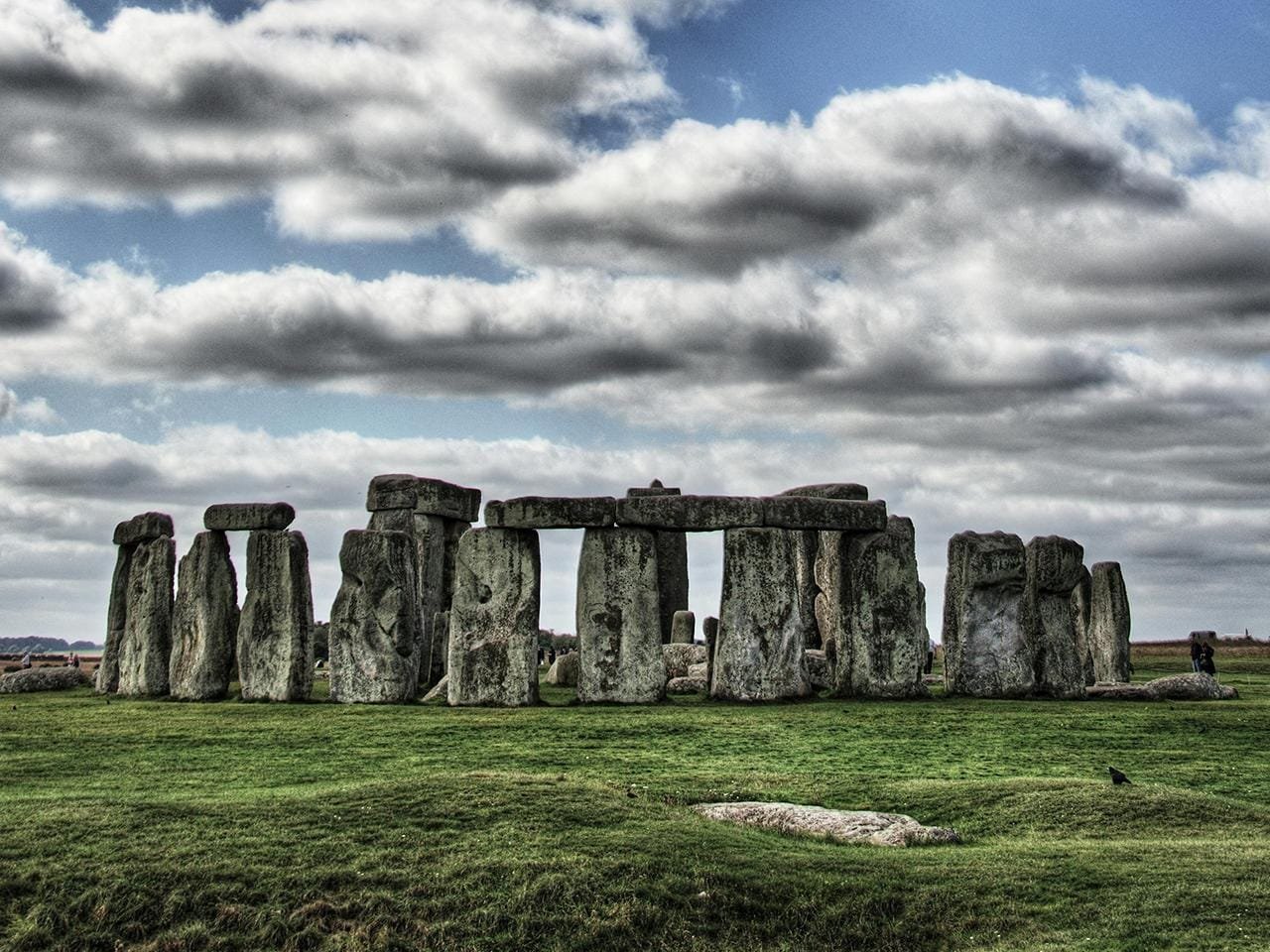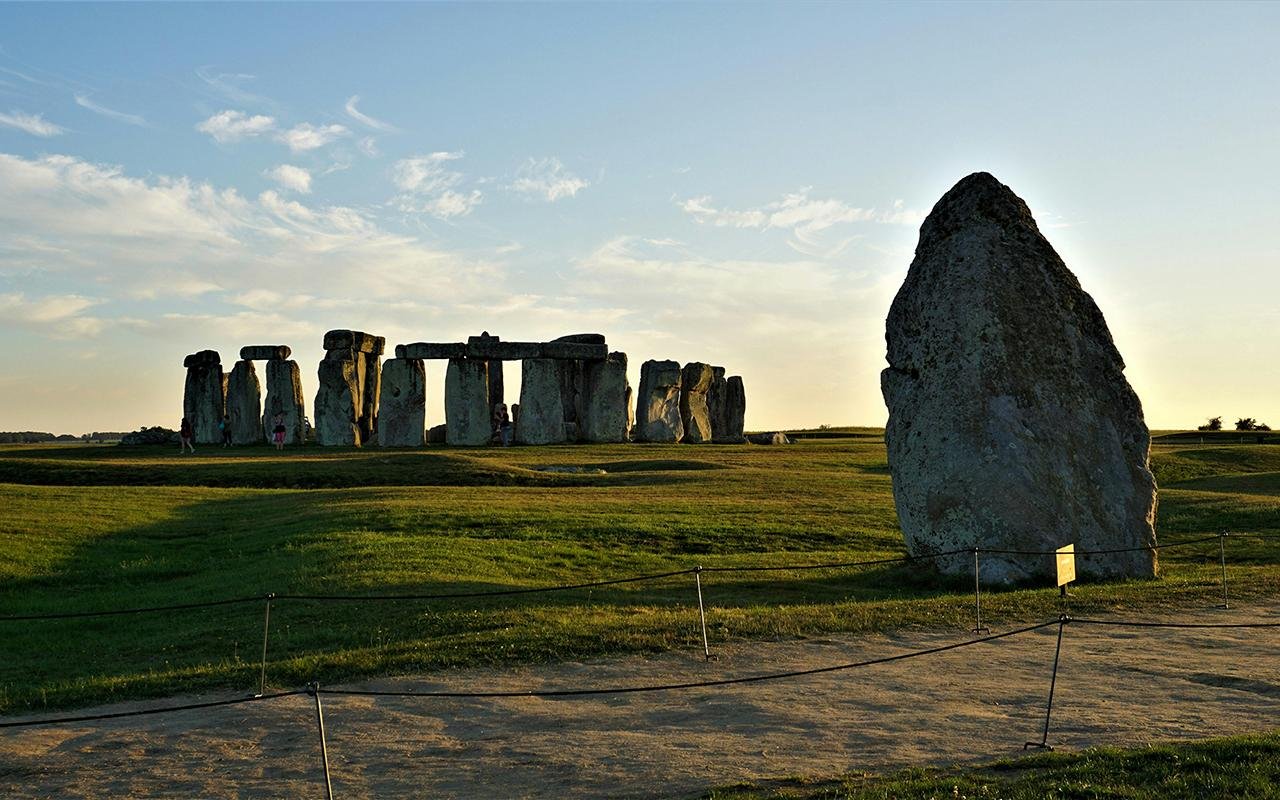Recent findings reveal that Stonehenge, the iconic Neolithic monument on Salisbury Plain, may have been constructed as a symbol of unity among Britain’s early farming communities. This conclusion arises from research conducted by teams from University College London (UCL) and Aberystwyth University, published in Archaeology International.

One of the key discoveries underpinning this theory is the Scottish origin of Stonehenge’s six-ton Altar Stone. Lead researcher Professor Mike Parker Pearson of UCL explained, “The fact that all of its stones originated from distant regions, making it unique among over 900 stone circles in Britain, suggests that Stonehenge may have served a political as well as religious purpose. It could have symbolized unity among the peoples of Britain, celebrating their shared ancestry and connection to the cosmos.”
The Altar Stone’s origins in northeastern Scotland add a fascinating dimension to the story of Stonehenge. Co-author Professor Richard Bevins of Aberystwyth University described the interdisciplinary nature of their research: “Our work is like forensic science. By combining geological expertise, we identified the origins of the bluestones from the Preseli Hills in Wales and now the Altar Stone from Scotland.”
The Altar Stone is strikingly similar to the recumbent stone circles found exclusively in northeastern Scotland, suggesting a deliberate connection between these regions. Such ties may represent alliances or cultural exchanges, with the stone possibly transported as a gift.

The discovery emphasizes the extraordinary effort required to move massive stones across vast distances in the absence of wheeled vehicles. The smaller bluestones were brought 140 miles from Wales, while the larger sarsen stones were sourced from locations at least 15 miles away.
The second phase of Stonehenge’s construction, dating to around 2500 BCE, was marked by significant cultural changes. At this time, new arrivals from mainland Europe, associated with the Bell Beaker culture, were introducing metalworking and other innovations to Britain. These newcomers gradually supplanted much of the indigenous population over the following centuries.
Professor Parker Pearson theorized that Stonehenge’s remodeling during this period may have been a response to the societal upheavals caused by these interactions. “The monument could have been an attempt to assert unity, integrating traditions and creating a shared identity among Britain’s early communities,” he noted.

Stonehenge’s construction aligns with celestial events, further underscoring its cultural and spiritual importance. The Altar Stone’s placement within the monument aligns with the setting sun during the winter solstice, a time of feasting and celebration for Neolithic people. These gatherings at nearby Durrington Walls likely cemented communal ties and reinforced shared traditions.
Although Stonehenge has long been viewed as a religious temple, a solar calendar, or an observatory, the new research highlights its potential political role.
Despite the societal changes brought by the Bell Beaker people, Stonehenge retained its significance. It was adopted by the newcomers and continued to serve as a powerful symbol of continuity, unity, and shared heritage.
More information: University College London























